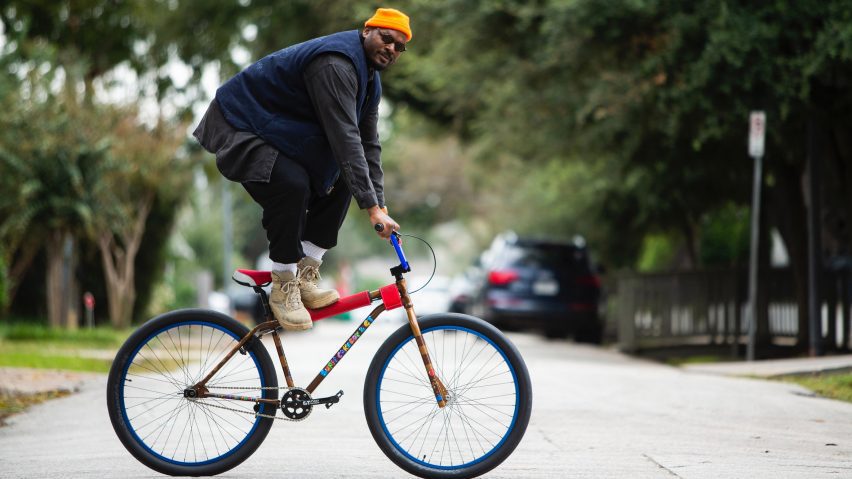
"You're always a football player" to some people, say Bennett brothers
Designers Michael and Martellus Bennett are brothers who both used to play in the NFL, but in this interview they reveal that their creative approaches are vastly different.
The pair enjoyed successful, decade-long careers as football players in the National Football League (NFL), each with a Super Bowl win under his belt.
But after retirement from the sport in 2018 and 2020 respectively, Martellus Bennett and Michael Bennett both decided to take up design.
Martellus Bennett now practices from his studios The Imagination Agency and TOMONOSHi! i+d LaB in Houston, while Michael Bennett's Studio Kër is based in Hawaii.
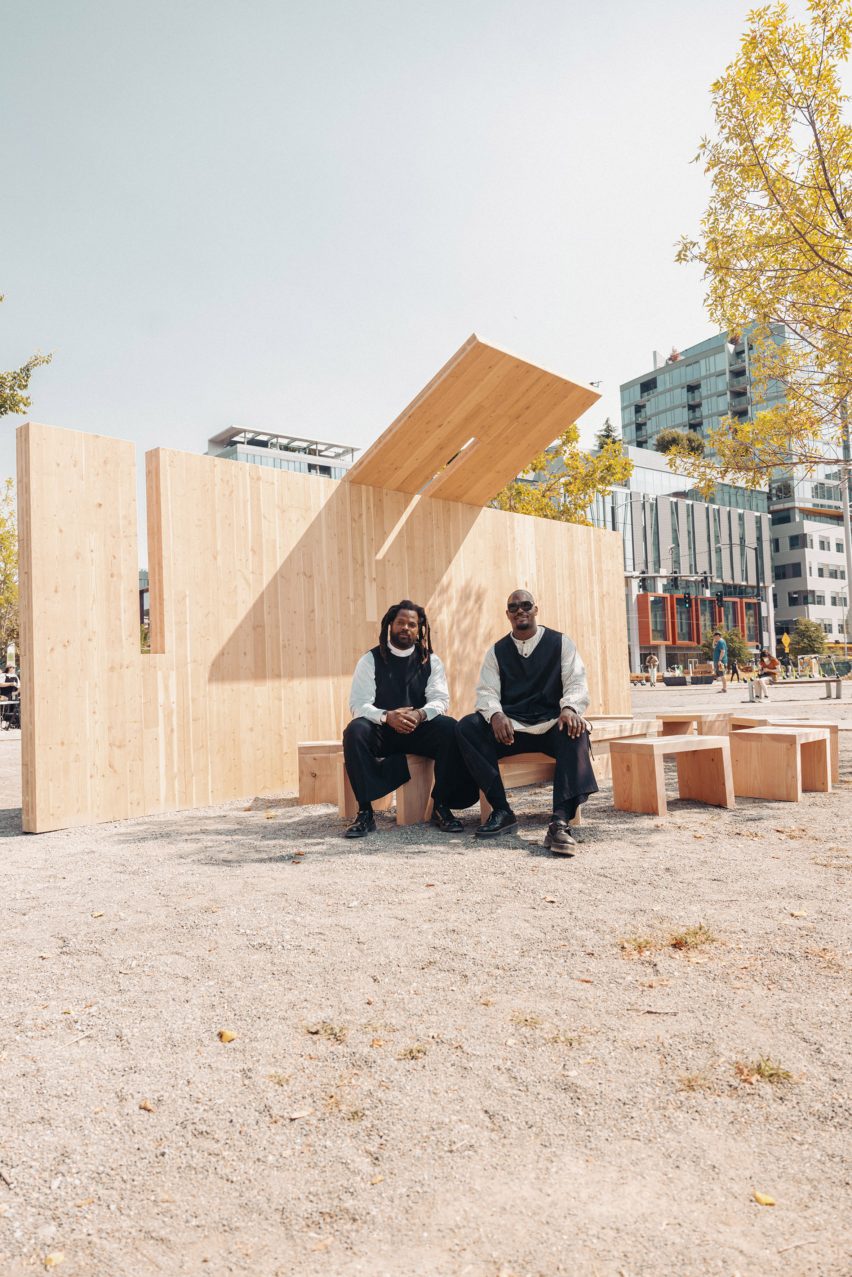
The younger brother but the first to enter design, Martellus Bennett is relaxed about his famous sporting days continuing to follow him in his practice.
"When people try to say you're a football player, to them you're always a football player because they have to find you in that space," he told Dezeen.
"It's not my job to change their mind of how they see me."
He had already been animating, writing and making music with alternative hip-hop group Moonshine Kids on the side during his football career – so says the transition into full-time creative work happened quickly.
"I've never not made things," he said. "Football was like my plan B."

Michael Bennett traces his and his brother's creative instincts back to visits to see their grandfather in Louisiana during childhood summers.
"We'd go to Louisiana every summer, and we didn't realise we were creating," said Michael Bennett. "We were building and taking things apart, putting things together, watching my grandpa weld."
"You don't realize that's a part of your DNA and how that impacts your life as an adult," he reflected.
Differently to his brother, Michael Bennett's journey into design began with political activism – most notably his 2017 memoir Things That Make White People Uncomfortable.
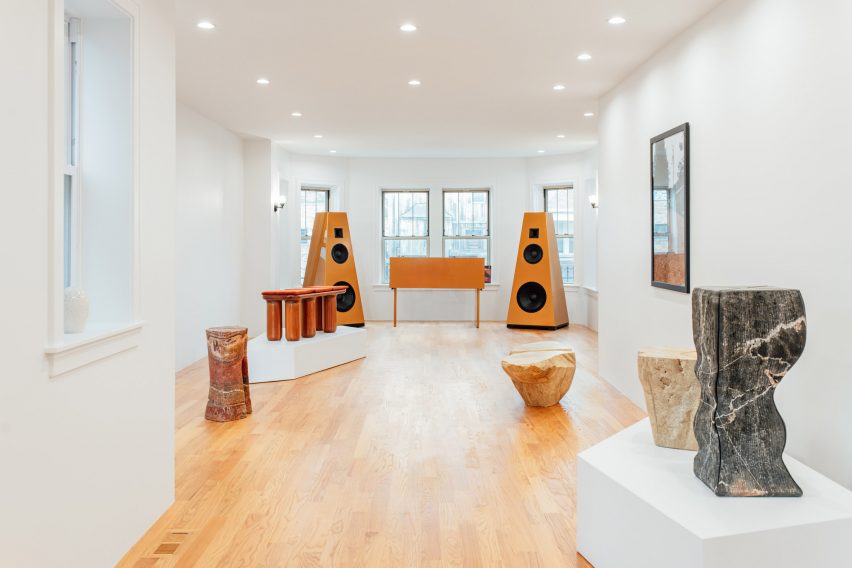
His explorations of the history of racial injustice in America led Michael Bennett to become increasingly interested in the design of spaces.
"I was always working in this 2D realm of politics and I just really wanted to move into space," he said.
"You start looking at Booker T Washington and the things that he was doing when thinking about space and that kind of led down the path of 'let's try interior design school'."
Michael Bennett's design work continues to speak to themes of race, identity and politics.
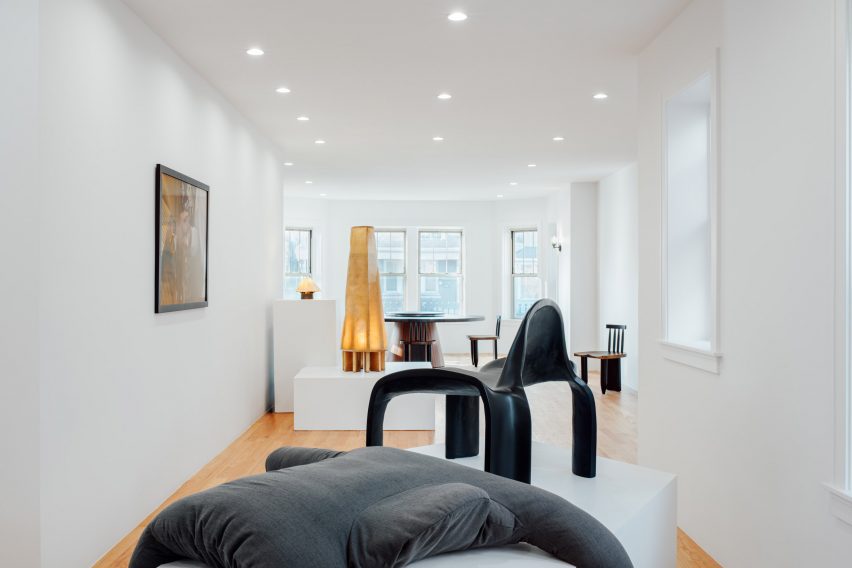
For example, he recently debuted the sculptural furniture collection We Gotta Get Back to the Crib in collaboration with the late designer Imhotep Blot, featuring pieces made using wood, stone, and fibreglass, plus lamps shrouded in goat skin.
Displayed at Rebuild Foundation in Chicago, the collection examined "the identity and experiences of African Americans and the diaspora, in parallel to themes of intersectionality and the complex living conditions of Black people in America today", according to a statement.
A homage to Bennett and Blot's shared Senegalese and Haitian roots, as well as their upbringings in the US South, the pieces were designed in "joyous opposition to the dominance of Western domestic typologies".
"I think this idea of moving into space as political activism is an important thing because then it becomes about designing the things that we want to exist in the world," said Michael Bennett.
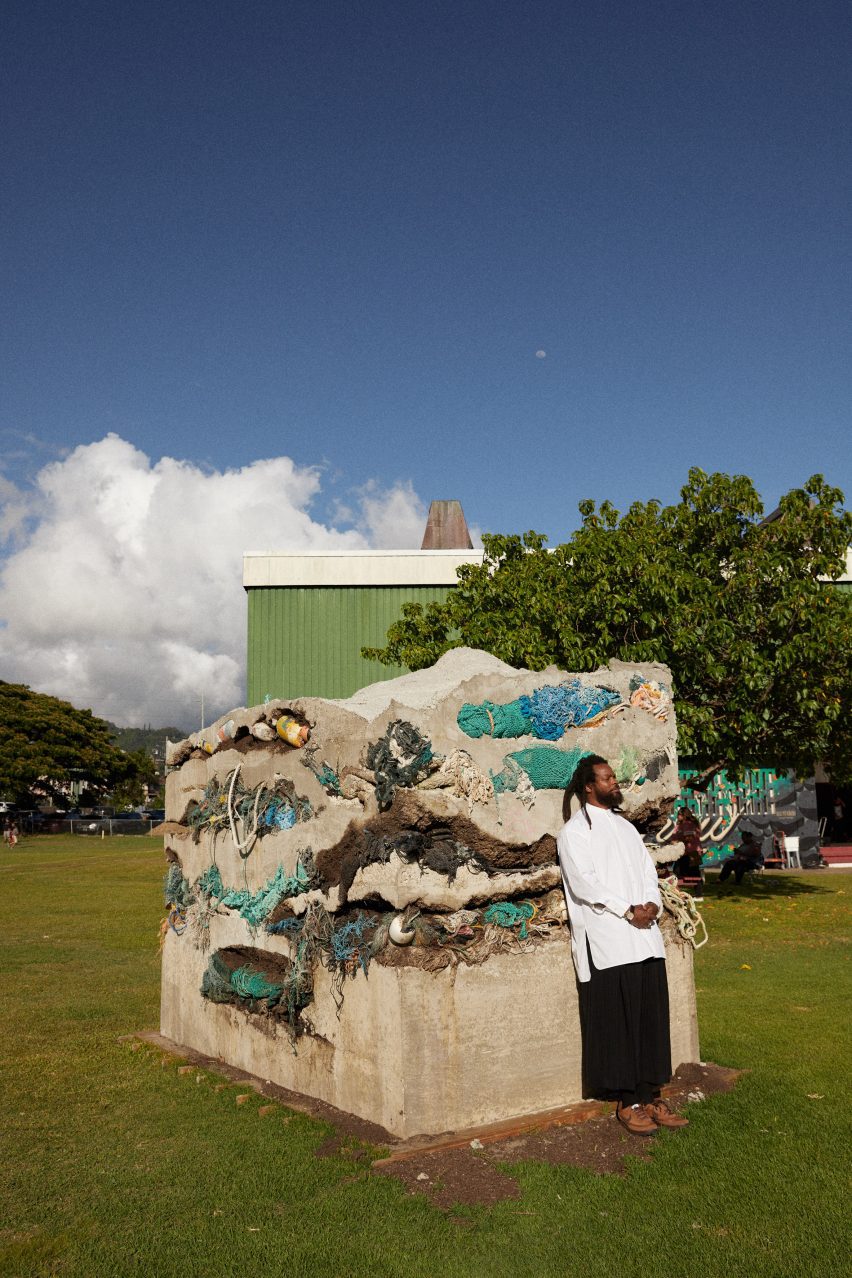
"Design is truly resistance because when you're designing something, it becomes a system," he added. "It becomes a living repository – we create things that become relics, and those relics can be references and then the people behind us will create better things."
In contrast, Martellus Bennett resists overt political and racial categorisation in his work, instead taking an approach that prioritises playfulness.
"Anytime I think about design, I avoid the resistance," he said. "My activism goes to the right to play and the right to be creative and the right to empower everyone's imagination."
"Being Black and creative, you get forced to use your art as part of the resistance," he added. "I rebelled against that."
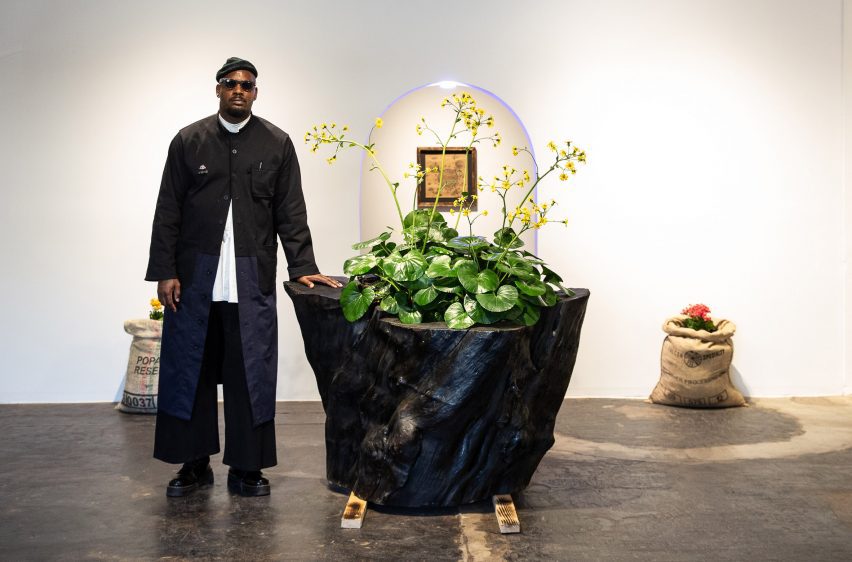
"At this stage of my life, my ultimate goal is to make the world a more playful place," said Martellus Bennett. "As we play together, we humanize each other."
Martellus Bennett's work spans furniture design, music, children's-book writing and animation, including working with Disney on an upcoming animated version of his book series Hey A J and collaborating with GT Bicycles on a model outfitted with his colourful hand illustrations (pictured top).
He also recently displayed the exhibition KOKORO at the Reeves Art + Design gallery in Houston, combining audio, sculpture and illustration to tell the story of a young girl navigating the "crises and rebirth" of her neighbourhood.
The brothers' design differences extend to their own perceptions of their work and practice.
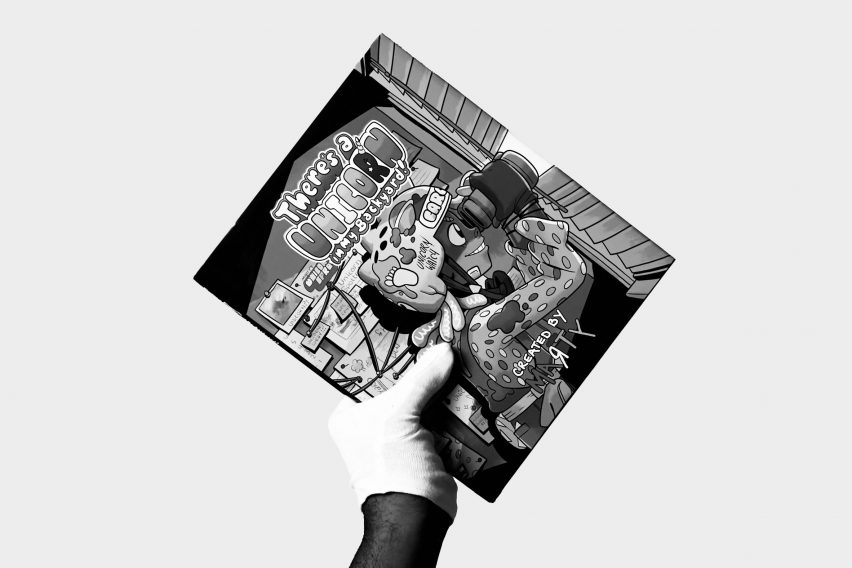
Martellus Bennett is keen to avoid labels of any kind.
"I don't limit myself, because once you define something, it has to be that," he said.
Michael Bennett, on the other hand, is more relaxed about applying a name to his approach.
"I like to think of myself as a spatial designer," he said. "Whether it's creating forms or installations or creating architecture, it’'s really dealing with and diving into space."
He is increasingly expanding into architecture, studying the discipline at the University of Hawaii and displaying a pavilion made of cross-laminated timber (CLT) at last year's NYCxDesign.
Not everything about the Bennett brothers' design philosophies is different, however. For both, storytelling is firmly at the heart.
"The Eurocentric way of thinking about design is looking at something and saying, 'form leads to function' or 'function leads to form'," said Michael Bennett.
"For me, it's about narrative. There’s something that needs to exist because I need to tell the story."
For Martellus Bennett, the urge to encourage imagination and playfulness is also fundamentally about telling stories.
"Adults project their ideologies onto children," he said. "And children spend the rest of their lives trying to break through the ideologies that were projected onto them."
"So if we're going to write these stories, let's enhance the child and not enhance ideologies, and give them the tools and the opportunity to become who they want to become."
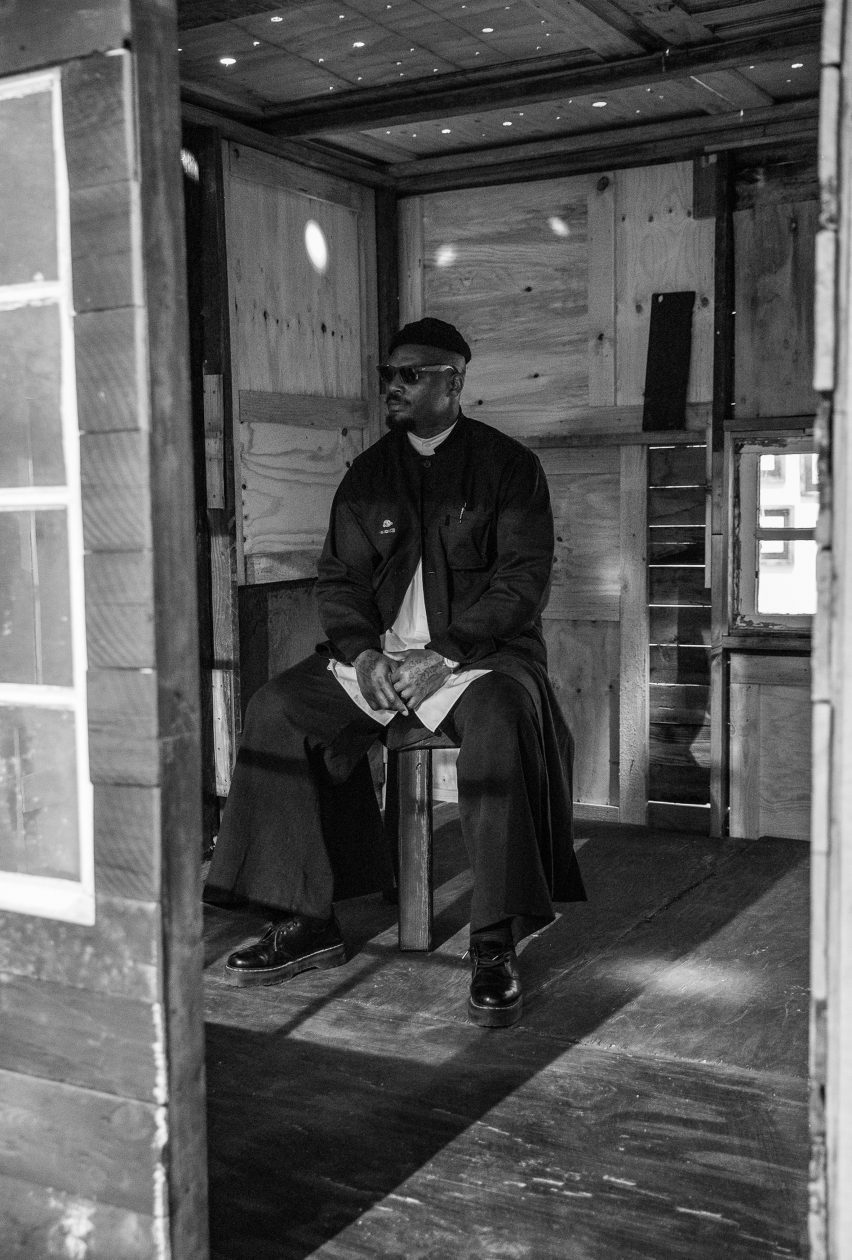
The brothers are open to collaborating in future – although for now, are content to continue developing their individual narratives further.
"I thought it was important for Michael to come out and establish his own language," said Martellus Bennett.
"The only way to understand your own language is to speak it as often as possible. And the more you understand it, the more you can apply it to different conversations."
"We're really trying to dive into our own philosophies and become strong in our narrative," added his brother. "So that when we do create, you can see the merge with the language."
The photography is courtesy of Michael Bennett and Martellus Bennett unless otherwise stated.
Dezeen In Depth
If you enjoy reading Dezeen's interviews, opinions and features, subscribe to Dezeen In Depth. Sent on the last Friday of each month, this newsletter provides a single place to read about the design and architecture stories behind the headlines.